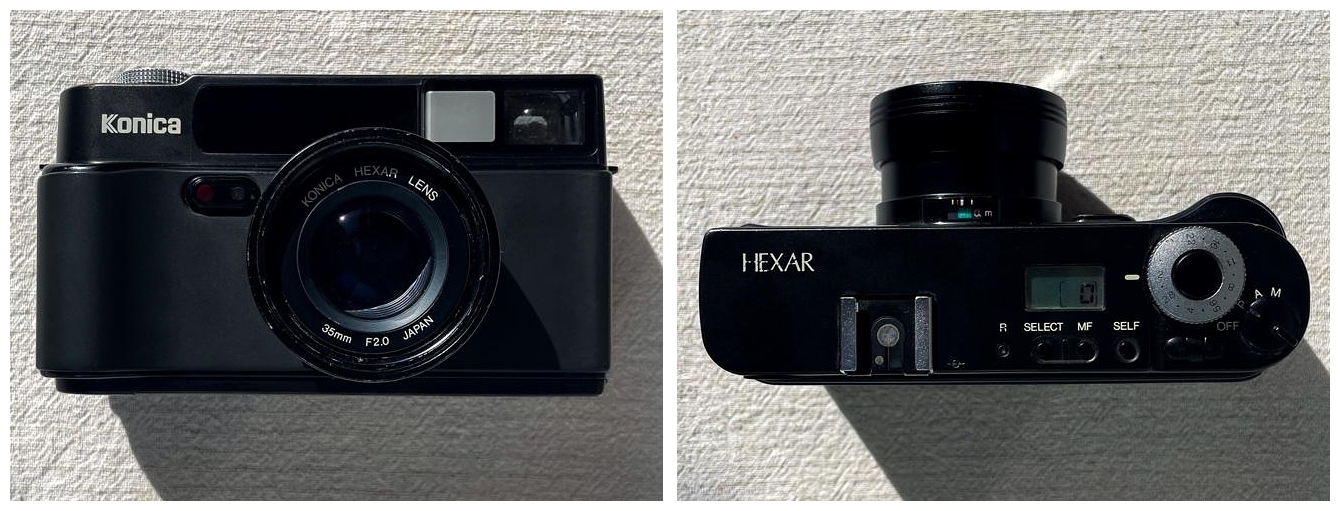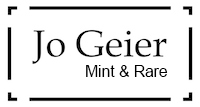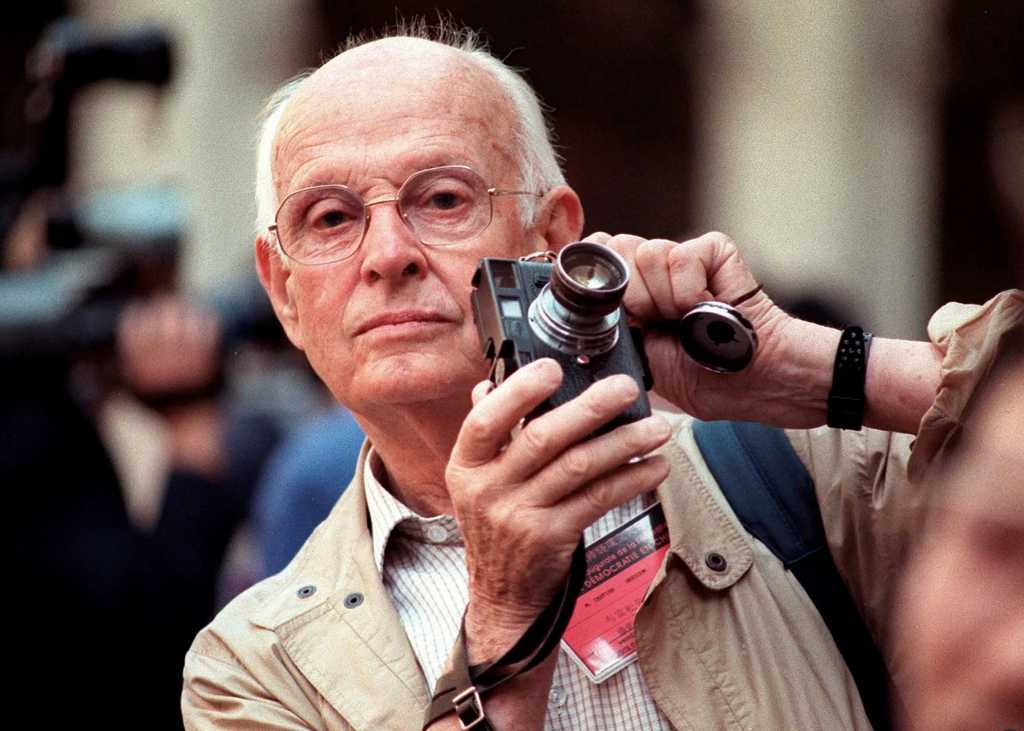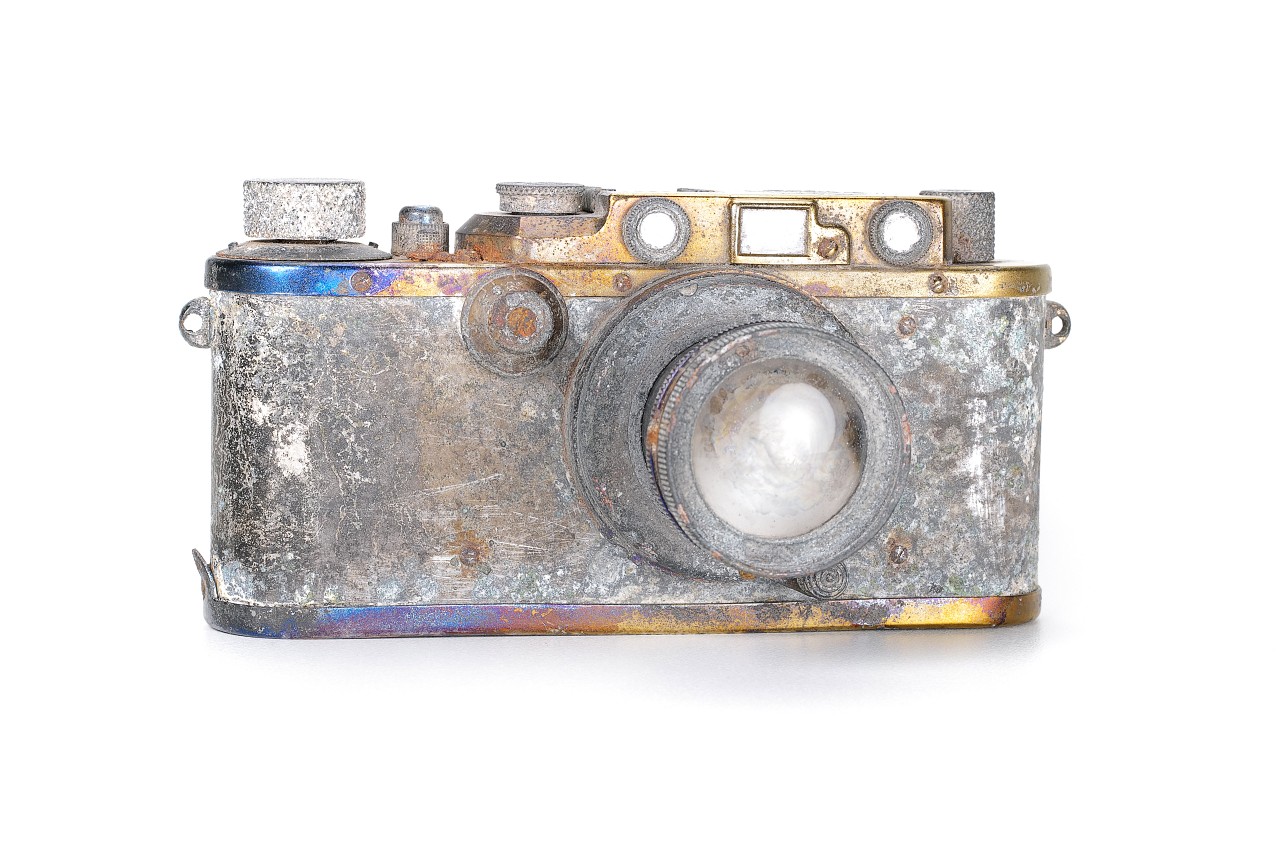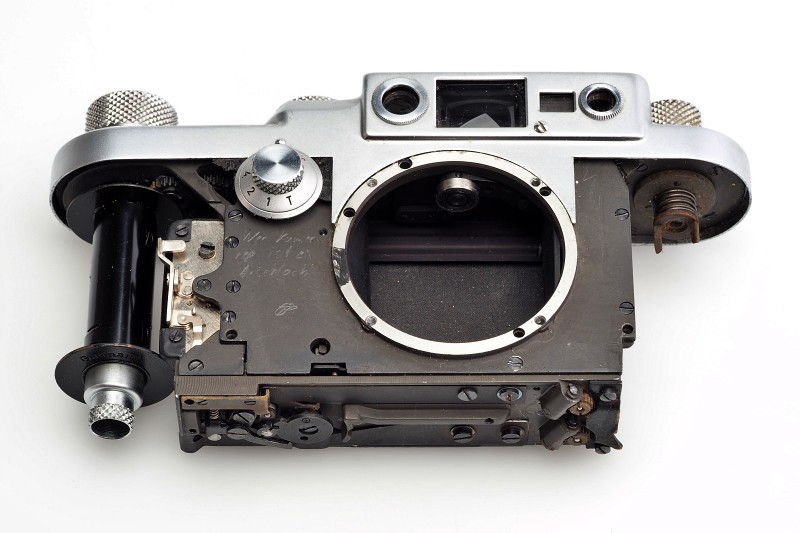One year into my analog journey, I was desperate for my first high-end film camera to flex with on photo walks or at the next vernissage. I came across the Konica Hexar AF and was lucky enough to pick up an all-working copy on eBay.
This camera has gained a significant cult status among 35mm cameras and with it costing considerably less than, for example, a Contax T2, it is an interesting alternative to other hyped-up point and shoots. I am down 34 rolls of film with the Hexar and I want to share my experience with it.

History
Konica released the original black version of the Hexar, which I own, back in 1993 and the Hexar “Silver” in 1997. Also, there were several special versions: “Classic”, “Gold”, “Rhodium” and “Titanium”, but they are hard to find and expensive. The later models came with a few additional features like multiple exposures and spot metering, which my Hexar does not have.
Design & Handling
The Hexar AF stands out with its minimal and sleek design. It combines the classic elegance of a rangefinder with the ease of use of a point and shoot. There is no window for a rangefinder patch, as the Hexar AF does not use a rangefinder focus mechanism. The camera feels very premium in hand, in German you would say “Handschmeichler” (an object that flatters your hand). Truly, it is a joy to hold, the grip provides stability and the camera has a pleasant weight and size, but do not expect small point and shoot dimensions. The aluminum body feels rugged enough to easily endure a full day of photography. My favorite feature is the AF-coupled distance indicator on the top of the lens. Additionally, an extendable lens hood is attached on the lens, as seen on the heading picture, which also works with filters.
The Lens
My favorite part of the Hexar AF. The lens is a Xenotar lens type with 7 elements in 6 groups and is said to be a replica of the Nikon 35mm f/1.8 W-Nikkor, while it is often compared with the looks of a Leica Summicron 35mm f2. It was my first time shooting the 35mm focal length and I love it. It is a pleasant compromise on a camera with a non-interchangeable lens like the Hexar AF. The maximum aperture of f2 is not outstanding, but good enough for almost all scenarios. Its rendering is what truly sets the lens apart: The images are incredibly sharp, contrasty and with little distortion and vignetting.

The Autofocus
Fast, accurate, reliable. There is only one misfocused shot in every other roll, which I find quite impressive for an autofocus camera from the 90’s. It even works well in available light situations. If you fancy manual focus, you can manually override the autofocus with the buttons on top of the camera. This comes in handy when you want to shoot through glass, because that is one thing the Hexar cannot do.
The Viewfinder
It is clear and bright, automatically parallax corrected and indicates an approximate focus distance in the top right corner which makes it easy to confirm whether the AF caught your desired focus point.
The Silent Mode
It is hard to read about the Hexar AF without coming across the silent mode, often called stealth mode, which quiets the cameras operation making it nearly silent. This feature was removed in the “Silver” models due to a legal dispute but can be activated by a secret button combination, nonetheless. I have never used this feature, as the Hexar already is very quiet even without the silent mode activated, making it perfect for candid street photography.
The Shutter
The shutter speeds tops out at a 1/250s which seems pretty slow, especially when you consider that it is a leaf shutter, but it did not bother me much. An advantage of the leaf shutter is that you can handhold slower shutter speeds more easily due to less camera shake. Another handy feature is that you can set a minimum shutter speed depending on how steady your hand is.

Even More Features
The list of features of the Hexar AF seems endless, so I decided to include a selection of features that I personally like the most. The Hexar lets you override the ISO so you can shoot expired film, overexpose or push and pull your film intentionally. That is a feature that I really appreciate and miss in other point and shoots. Also, exposure compensation is available as well as multiple exposure modes like aperture priority and manual mode, giving you full control over the exposure. Further, a half press of the shutter button will lock the focus and exposure. There are two different flashes available from Konica for this camera, the HX-14 and HX-18W, with the latter being more powerful. I own the HX-18W and am satisfied with the performance.
What I Dislike
Overall, as you might have guessed by now, I really like the Hexar AF. But there are some things that bother me like the maximum shutter speed of 1/125s or that the AF can handle neither glass nor fog. It will focus on the glass itself or the fog very close to the camera. One big disadvantage for me is that the setting menu is quite hard to use. There is a cheat sheet online which I have to have on me when shooting this camera as many functions require complex button combinations to get to the right setting. But once everything is set, nothing is stopping you from shooting. Sometimes, I am considering whether I should sell the Hexar, as it is a full electronic camera and its electronics won’t last forever.

Conclusion
Who is the Hexar AF for? It was aimed at a niche premium compact camera audience but is valued by a variety of photographers as this camera can meet a lot of needs and desires. If you have the budget and are looking for a solid, beautiful and capable point and shoot which also gives you manual controls, this camera is for you. Alternatives in the premium compact camera market would be the Leica Minilux, the Contax T series, the Nikon 35Ti or the Fuji Klasse S/W. In my opinion none of these cameras match the features you get with the Hexar AF, but all of them are smaller and lighter than the Hexar. There is also an interchangeable lens version of the Hexar AF, the Hexar RF, a true rangefinder, which mounts Leica M lenses.

Thank you for reading, if you liked the article and photographs, consider following me on instagram @analogbyphil.
Cheers and keep shooting film,
Phil
